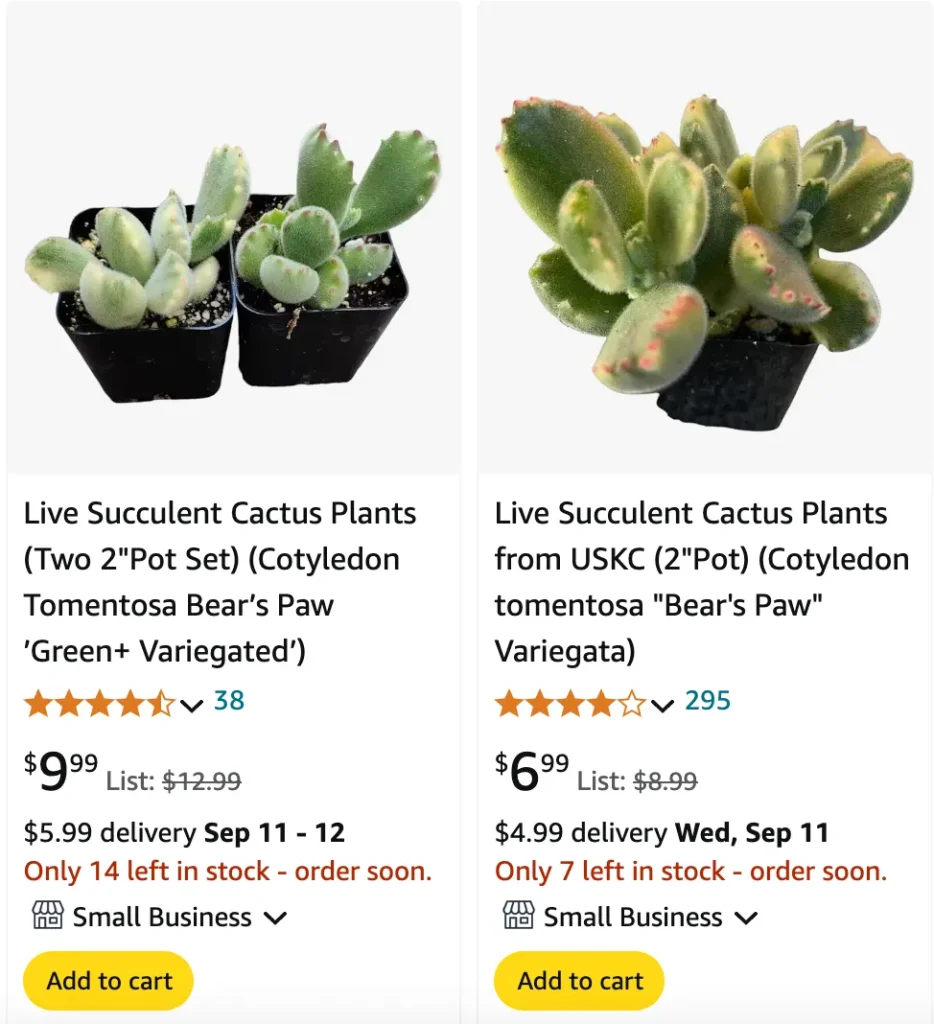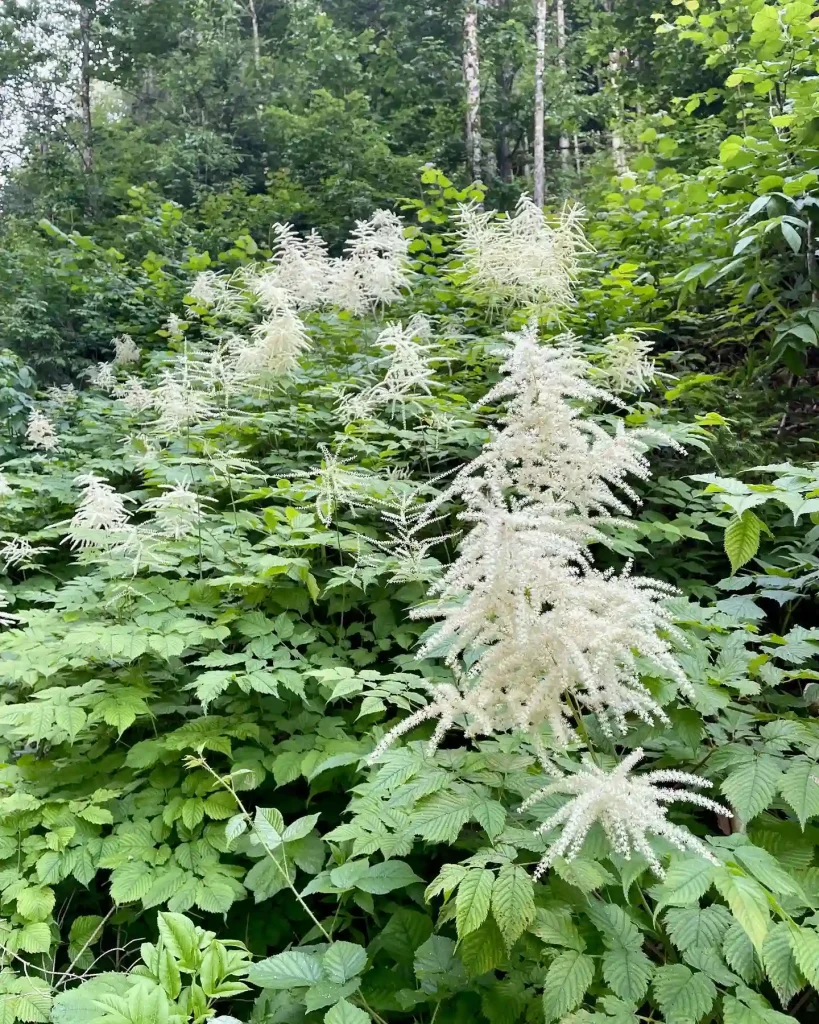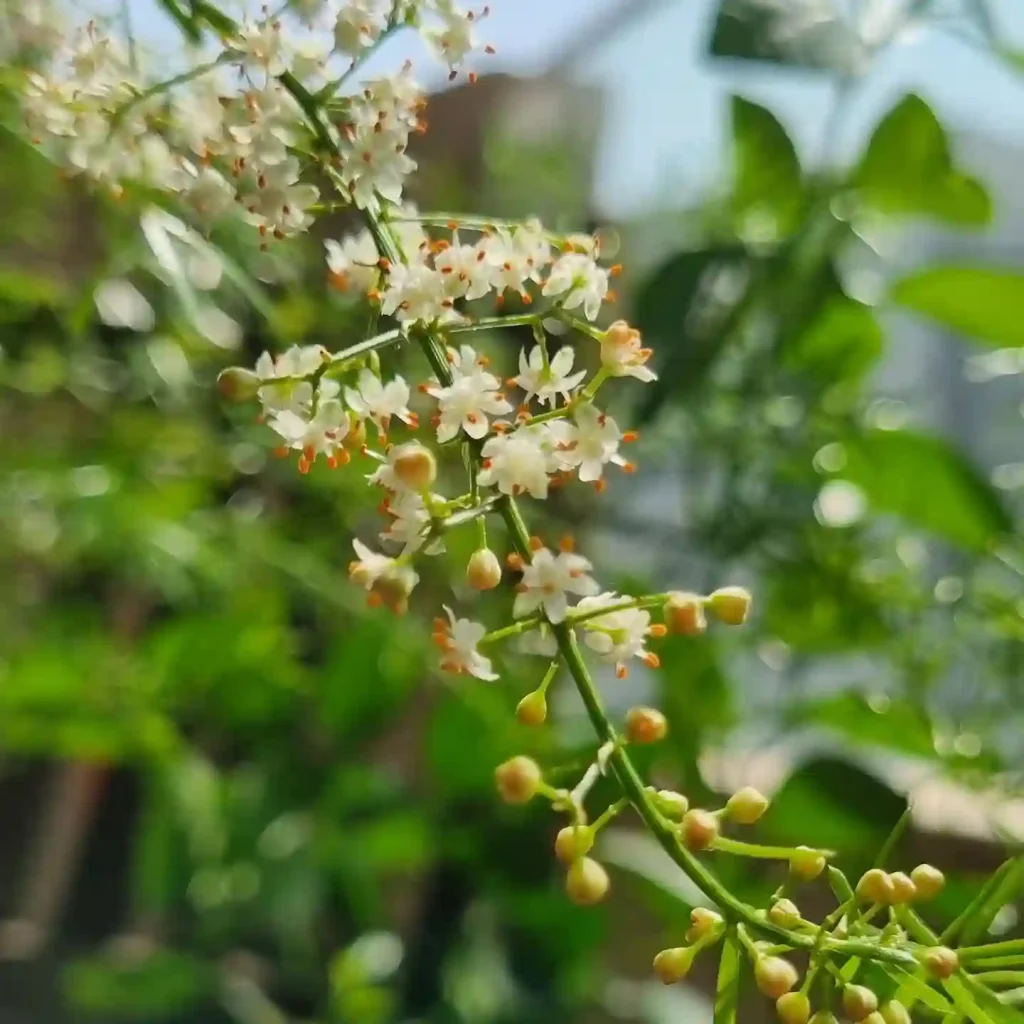
FAQs About Cotyledon Tomentosa
When I first came across Cotyledon Tomentosa, commonly known as Bear’s Paw, I was intrigued by its unique appearance and easy care requirements. As I delved deeper, I realized that many people share the same curiosity about this fascinating succulent. Below, I’ve compiled a list of frequently asked questions about Cotyledon Tomentosa to help you better understand and care for this delightful plant.
18 Species in Genus Cotyledon
What Is Cotyledon Tomentosa?
Cotyledon Tomentosa, or Bear’s Paw, is a succulent plant native to South Africa. It belongs to the Crassulaceae family and is known for its distinctive, furry leaves that resemble a bear’s paw, hence the name. The plant is compact and grows up to about 6-12 inches tall, making it perfect for small spaces or as a desktop plant. Its leaves are thick and covered in soft, velvety hairs, which give it a unique texture.
How to Care for Cotyledon Tomentosa?
Caring for Cotyledon Tomentosa is relatively straightforward, making it an ideal choice for both novice and experienced gardeners. Here’s what you need to know:
- Light: Bear’s Paw thrives in bright, indirect light. It can tolerate some direct sunlight, but too much can cause the leaves to burn. A south or east-facing window is perfect.
- Water: Like most succulents, Cotyledon Tomentosa requires well-draining soil and infrequent watering. Allow the soil to dry out completely between waterings. Overwatering can lead to root rot, so it’s best to err on the side of dryness.
- Temperature: This succulent prefers temperatures between 60-80°F (15-27°C). It’s not frost-tolerant, so keep it away from cold drafts and ensure it’s protected during winter.
- Soil: Use a well-draining cactus or succulent mix. You can also add perlite or sand to regular potting soil to improve drainage.
- Fertilizer: Fertilize sparingly, only during the growing season (spring and summer), using a diluted, balanced fertilizer.
How to Propagate Cotyledon Tomentosa?
Propagating Cotyledon Tomentosa is both fun and rewarding. Here’s how I’ve done it successfully:
- Leaf Cuttings: Gently twist off a healthy leaf from the plant. Allow the leaf to dry for a day or two until the cut end forms a callus. Place the leaf on top of well-draining soil and mist it lightly. Roots will develop over a few weeks.
- Offsets: The plant occasionally produces offsets or “pups” around its base. You can separate these pups from the main plant and pot them individually. Ensure the offsets are well-rooted before watering.
- Stem Cuttings: Cut a healthy stem with a clean, sharp knife. Let the cut end dry and callus over for a few days. Plant the cutting in soil and water sparingly until roots form.
What to Plant With Cotyledon Tomentosa?
Cotyledon Tomentosa pairs well with other succulents and cacti. Consider planting it alongside varieties like Echeveria, Haworthia, or Aloe. These plants have similar care requirements and create a visually appealing succulent garden. You can also use decorative stones or gravel to enhance the display and improve drainage.
Can You Grow Cotyledon Tomentosa Indoors?
Absolutely! Cotyledon Tomentosa is an excellent indoor plant. It adapts well to indoor environments with bright, indirect light. Just ensure it receives adequate light, either from a sunny window or a grow light, and avoid overwatering.
Is Cotyledon Tomentosa Toxic?
No, Cotyledon Tomentosa is not considered toxic to humans or pets. However, as with many plants, it’s best to keep it out of reach of small children and animals to prevent any accidental ingestion.
Benefits of Cotyledon Tomentosa
One of the biggest benefits of Cotyledon Tomentosa is its low maintenance requirements. It’s a hardy plant that can tolerate occasional neglect, making it perfect for busy individuals or those new to gardening. Additionally, its unique appearance adds a touch of charm and interest to any space.
Common Problems with Cotyledon Tomentosa
- Overwatering: The most common issue is overwatering, which can lead to root rot. Ensure the soil dries completely between waterings and use a well-draining potting mix.
- Pest Infestations: Although rare, pests like mealybugs and aphids can sometimes affect Bear’s Paw. Treat infestations with insecticidal soap or neem oil.
- Sunburn: Prolonged exposure to direct sunlight can cause leaf burn. Provide some shade or filtered light to prevent this.
Comparing Cotyledon Tomentosa with Similar Plants
Cotyledon Tomentosa is often confused with other succulents like Cotyledon Orbiculata or Kalanchoe Tomentosa. While they share some similarities, Cotyledon Tomentosa is distinguished by its fuzzy, bear paw-like leaves, compared to the smoother, more rounded leaves of Cotyledon Orbiculata.
In summary, Cotyledon Tomentosa is a charming and low-maintenance succulent that can brighten up any space. By following these care tips and propagation techniques, you can enjoy this delightful plant in your home or garden.
If i die, water my plants!



